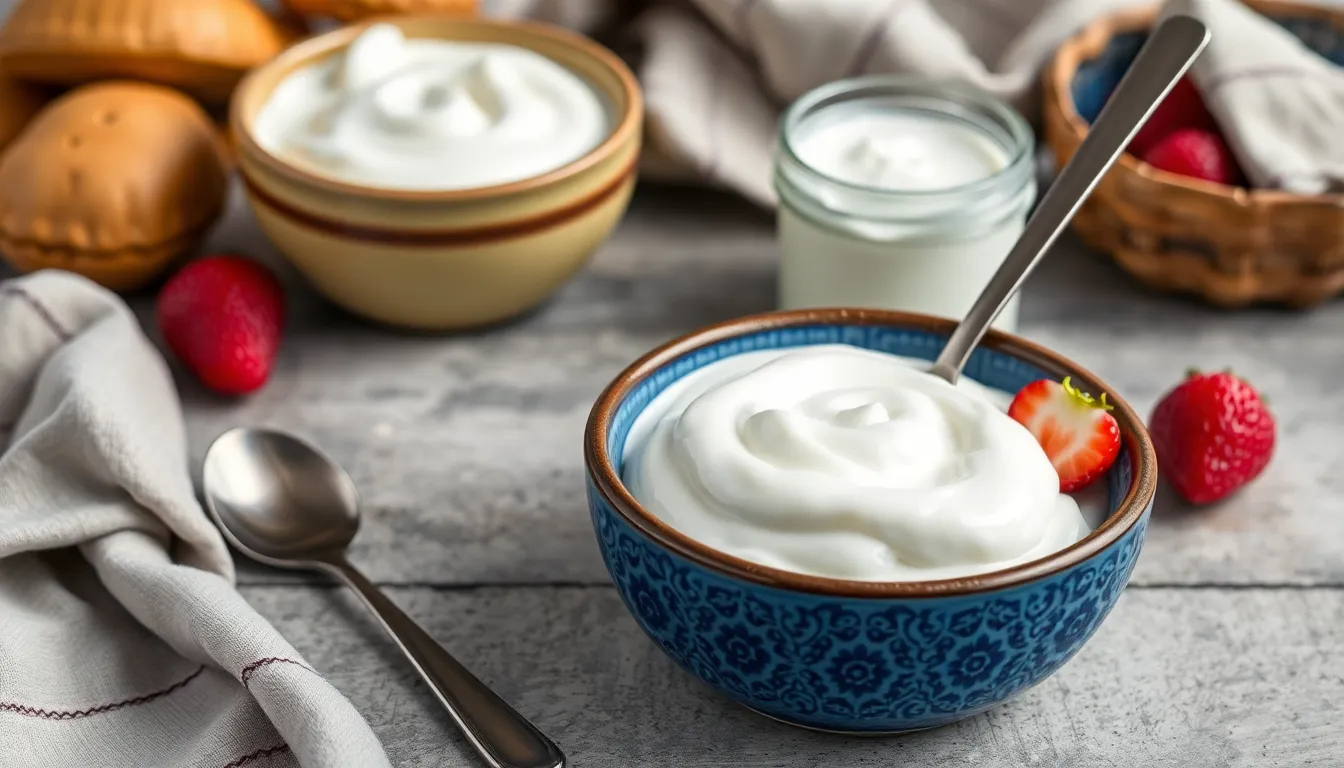How to Choose the Right Cheese for Your Dish
Introduction
Cheese plays an integral role in the culinary world, contributing depth, richness, and texture to countless dishes. Whether it’s a sprinkling of Parmesan over a steaming bowl of pasta or a creamy Brie on a charcuterie board, the right cheese can elevate a meal from ordinary to extraordinary. This article aims to guide you through the process of selecting the right cheese for various dishes. We’ll explore different types of cheese, pairing suggestions, and tips for storage and handling to ensure that your cheese choices are always on point.
Section 1: Understanding Cheese Types
1.1 Hard Cheeses
Hard cheeses are aged for a long time, resulting in a dense texture and strong flavors. These cheeses are often used for grating and can enhance the taste of many dishes.
- Parmesan: A nutty and salty cheese, perfect for sprinkling on pasta or salads.
- Pecorino: A sheep’s milk cheese that is sharp and a bit tangy, often used in Italian dishes.
1.2 Semi-Hard Cheeses
Semi-hard cheeses have a firmer texture than soft cheeses but are not as dense as hard cheeses. They are versatile and can be used in a variety of dishes.
- Cheddar: Known for its sharpness, it melts well and is a classic choice for sandwiches.
- Gouda: This cheese has a sweet, nutty flavor and is great for charcuterie boards.
1.3 Soft Cheeses
Soft cheeses are creamy and spreadable, making them ideal for appetizers and toppings. They often have a rich flavor that complements many dishes.
- Brie: An earthy and buttery cheese, perfect on crackers or in baked dishes.
- Camembert: Similar to Brie, but with a stronger flavor, great for pairing with fruits.
1.4 Fresh Cheeses
Fresh cheeses are not aged and have a mild flavor and soft texture. They are often used in salads, desserts, or as spreads.
- Ricotta: Mild and slightly sweet, great for lasagnas or desserts.
- Mozzarella: Known for its stretchy texture, perfect for pizzas and salads.
Section 2: Pairing Cheese with Dishes
2.1 Cheese for Pasta Dishes
Pasta dishes can be enhanced with a variety of cheeses, depending on the sauce and ingredients used.
- Parmesan: A classic choice for almost all pasta dishes.
- Ricotta: Ideal for stuffed pasta like ravioli or lasagna.
Tip: Always add cheese at the end of cooking to maintain its flavor and texture.
2.2 Cheese for Salads
Salads can be elevated with the right cheese that adds creaminess or sharpness.
- Feta: Crumbly and tangy, pairs well with Mediterranean salads.
- Goat Cheese: Creamy and earthy, great for greens and nuts.
2.3 Cheese for Sandwiches
The right cheese can make or break a sandwich. Here are some classics:
- Cheddar: Pairs beautifully with ham and turkey.
- Swiss: Melts well in a Reuben or paired with pastrami.
2.4 Cheese for Pizza
Pizza requires cheese that melts well and complements the toppings.
- Mozzarella: Traditional choice for its meltability.
- Parmesan: Aged and adds a sharp flavor when sprinkled on top.
Section 3: Flavor Profiles and Textures
3.1 Understanding Flavor Profiles
Cheese comes in a variety of flavors, which can greatly enhance the overall taste of your dish. Here are some common flavor profiles:
- Nutty: Found in cheeses like Gruyère and Parmesan.
- Sharp: Prominent in aged cheeses like Cheddar.
- Creamy: Characteristic of soft cheeses like Brie and Camembert.
3.2 Textural Considerations
Texture is just as important as flavor when pairing cheese with food. Here’s a breakdown:
- Hard: Great for grating or serving on a cheese platter.
- Semi-Hard: Good for melting and provides a chewy texture.
- Soft: Ideal for spreading or incorporating into dips.
Cheese Flavor Profiles and Textures
| Cheese Type | Flavor Profile | Texture |
|---|---|---|
| Parmesan | Nutty, Salty | Hard, Granular |
| Cheddar | Sharp, Creamy | Semi-Hard |
| Brie | Earthy, Buttery | Soft, Creamy |
| Ricotta | Mild, Slightly Sweet | Soft, Grainy |
Section 4: Tips for Selecting Cheese
4.1 Quality over Quantity
When selecting cheese, it’s crucial to prioritize quality over quantity. High-quality cheese will not only taste better but also enhance your dishes significantly. Look for artisanal varieties and locally sourced options when possible.
4.2 Freshness Matters
Freshness is key in cheese selection. To check for freshness:
- Smell the cheese; it should have a pleasant aroma.
- Check the packaging date and opt for the most recent.
- Look for any signs of mold (unless it’s a blue cheese).
4.3 Consider the Dish’s Cooking Method
The cooking method can greatly influence your cheese choice. Here are some tips:
- Baking: Choose cheeses that melt well, like mozzarella or Gouda.
- Grating: Hard cheeses like Parmesan are perfect for this.
- Spreading: Soft cheeses like goat cheese or cream cheese work best.
Section 5: Cheese Storage and Handling
Proper storage and handling of cheese are essential to maintain its quality and flavor. Here are some tips:
- Wrap it right: Use wax paper or parchment paper to wrap cheese, then place it in an airtight container.
- Keep it cool: Store cheese in the refrigerator, ideally in the vegetable drawer where temperatures are more stable.
- Let it breathe: Before serving, allow cheese to sit at room temperature for about 30 minutes to enhance its flavor.
By following these guidelines, you can ensure that your cheese selections complement your culinary creations perfectly. Cheese is not just an ingredient; it’s a story, a culture, and a celebration of flavor. Enjoy experimenting with different varieties and finding the perfect pairings for your next dish!




